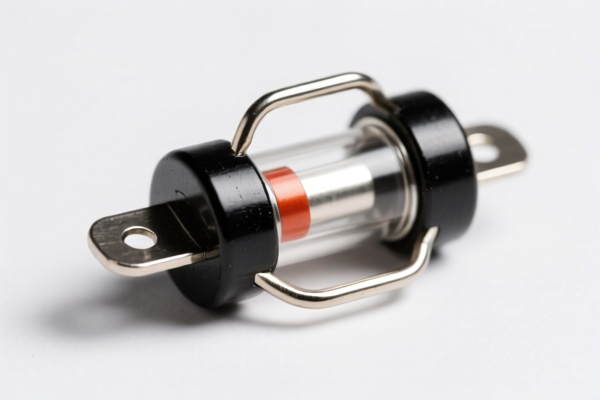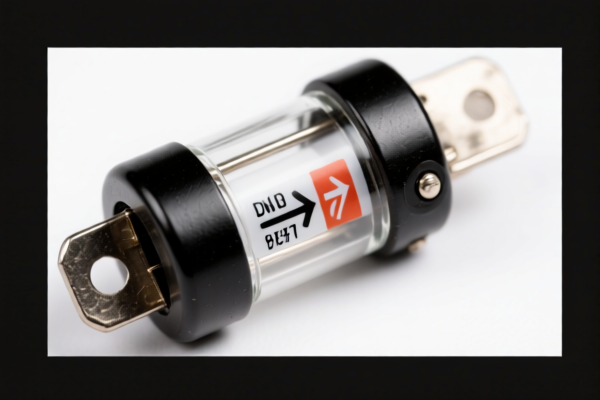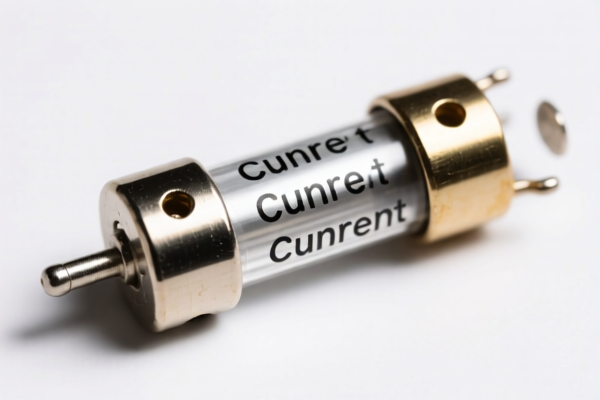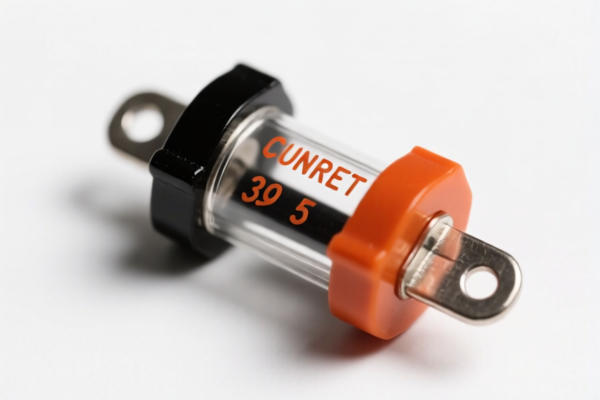| HS Code | Official Doc | Tariff Rate | Origin | Destination | Effective Date |
|---|---|---|---|---|---|
| 8535100020 | Doc | 57.7% | CN | US | 2025-05-12 |
| 8535100040 | Doc | 57.7% | CN | US | 2025-05-12 |
| 8536100040 | Doc | 57.7% | CN | US | 2025-05-12 |




HS Code Classification for HIGH CURRENT FUSE
Based on the provided reference data, here's a classification breakdown for "HIGH CURRENT FUSE". It's crucial to determine the voltage rating of the fuse to ensure accurate classification.
Here are potential HS codes, with explanations:
-
8535100020: Electrical apparatus for switching or protecting electrical circuits, or for making connections to or in electrical circuits (for example, switches, fuses, lightning arresters, voltage limiters, surge suppressors, plugs and other connectors, junction boxes), for a voltage exceeding 1,000 V: Fuses In circuits of 2,300 V or more.
- 85: Electrical machinery and equipment and parts thereof; sound recording or reproducing apparatus, television-image transmission or reception apparatus.
- 35: Electrical apparatus for switching or protecting electrical circuits.
- 10: Fuses.
- 00: Other.
- 20: In circuits of 2,300 V or more.
- Applicable if the fuse is designed for circuits with a voltage of 2,300V or higher.
-
8535100040: Electrical apparatus for switching or protecting electrical circuits, or for making connections to or in electrical circuits (for example, switches, fuses, lightning arresters, voltage limiters, surge suppressors, plugs and other connectors, junction boxes), for a voltage exceeding 1,000 V: Fuses Other.
- 85: Electrical machinery and equipment and parts thereof; sound recording or reproducing apparatus, television-image transmission or reception apparatus.
- 35: Electrical apparatus for switching or protecting electrical circuits.
- 10: Fuses.
- 00: Other.
- 40: Other.
- Applicable if the fuse is designed for circuits with a voltage exceeding 1,000V but less than 2,300V.
-
8536100040: Electrical apparatus for switching or protecting electrical circuits, or for making connections to or in electrical circuits (for example, switches, relays, fuses, surge suppressors, plugs, sockets, lamp-holders and other connectors, junction boxes), for a voltage not exceeding 1,000 V; connectors for optical fibers, optical fiber bundles or cables: Fuses Other.
- 85: Electrical machinery and equipment and parts thereof; sound recording or reproducing apparatus, television-image transmission or reception apparatus.
- 36: Electrical apparatus for switching or protecting electrical circuits.
- 10: Fuses.
- 00: Other.
- 40: Other.
- Applicable if the fuse is designed for circuits with a voltage of 1,000V or less.
Tax Details (Applicable to all above HS Codes):
- Basic Tariff: 2.7%
- Additional Tariff: 25.0%
- Additional Tariff (Post April 2, 2025): 30%
- Total Tariff: 57.7%
Important Considerations:
- Voltage Rating is Critical: The most important factor in determining the correct HS code is the voltage rating of the fuse. Confirm this specification.
- Material Composition: The material composition of the fuse (e.g., copper, zinc, ceramic) may influence classification in some cases.
- Certification: Depending on the application and destination country, specific certifications (e.g., UL, CE) may be required.
- Detailed Specification: Provide a complete technical datasheet for the fuse to ensure accurate classification.
- End Use: The intended end use of the fuse can sometimes affect the HS code.
- Single vs. Multi-Phase: Whether the fuse is designed for single-phase or multi-phase circuits might be relevant.
It is recommended to consult with a customs broker or relevant authority to confirm the correct HS code for your specific product.
Customer Reviews
The page provided a good overview of the HS codes and tariff rates, but I found the images a bit redundant. Still, the data was accurate and well-organized.
The HS code 8535100020 was exactly what I needed for my 2,300V fuse. The explanation of the code structure made it easy to understand.
The tariff information was clear, but I wish there was more about how the material composition affects the HS code. Still, it was helpful.
Great breakdown of HS codes for high current fuses. The voltage rating details were exactly what I needed for accurate classification.